How to clean the rubber seal on a washing machine, according to cleaning specialists
Is your washing machine's rubber seal looking a little worse for wear? Follow this guide to deep clean it and keep your laundry fresh
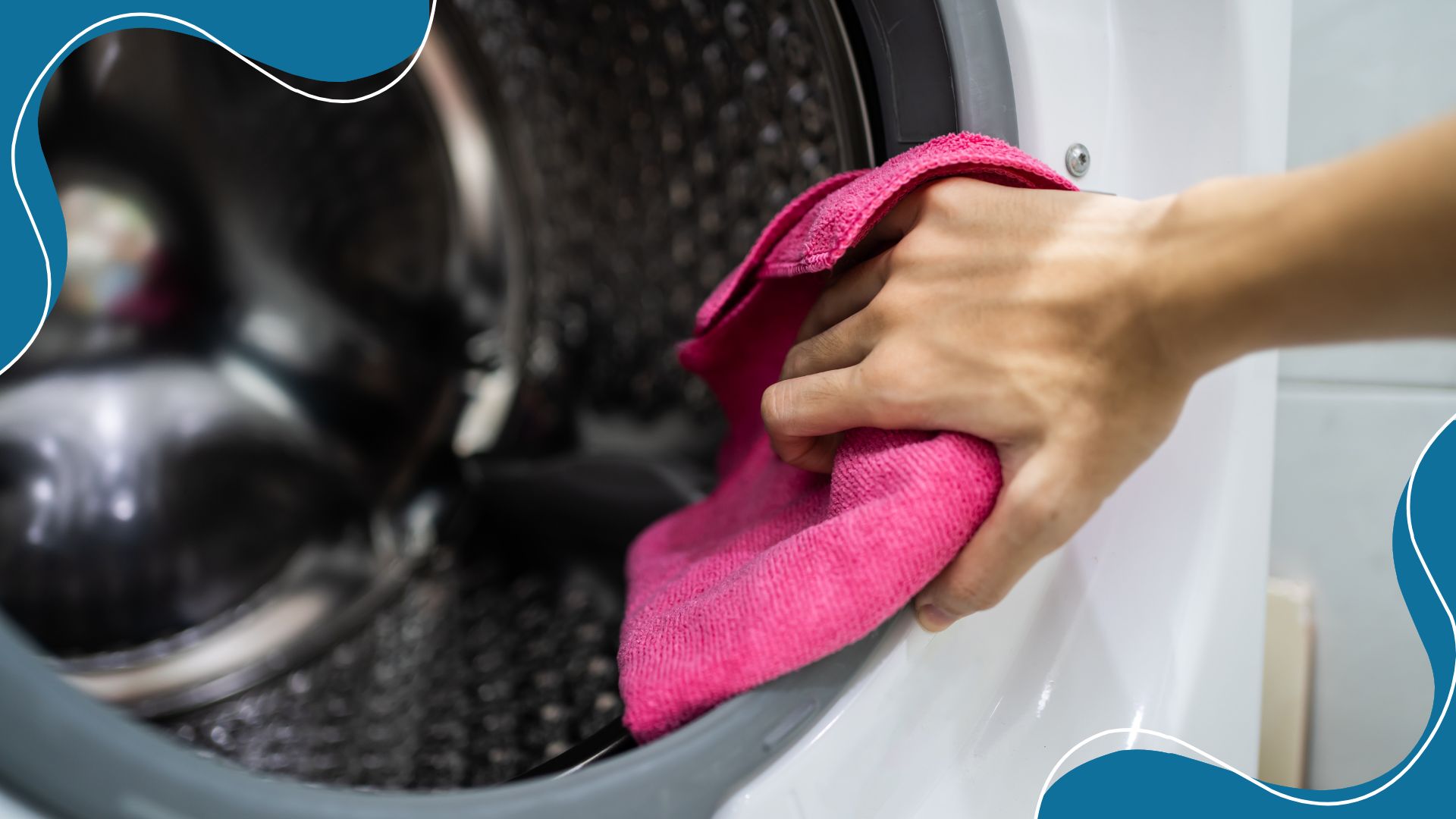

Whether you've noticed some unwelcome buildup or have simply forgotten how to clean your washing machine's rubber seal, this guide is for you.
Sometimes we don't think about cleaning our washing machines until we're wondering why there's a strange smell coming from them. And even then, it can be a mystery as to where the smell is coming from and how you're supposed to get rid of it.
One of the most common culprits for collecting bacteria, dirt and detergent buildup is the rubber seal around the machine's door. Which is why it's incredibly important to know how to clean it and keep those smells and mould spores away from your lovely clean washing.
How to clean the rubber seal on a washing machine
Even when you do your best to avoid key things you shouldn't put in your washing machine, it can quickly start to smell and hold product buildup.
Smells and black stains are usually a sign that you need to clean your washing machine as soon as possible, but it's often too easy to forget the rubber seal where mould and mildew hide.
So, how can you properly clean your washing machine's rubber seal and guarantee you're removing all possible signs of mould?
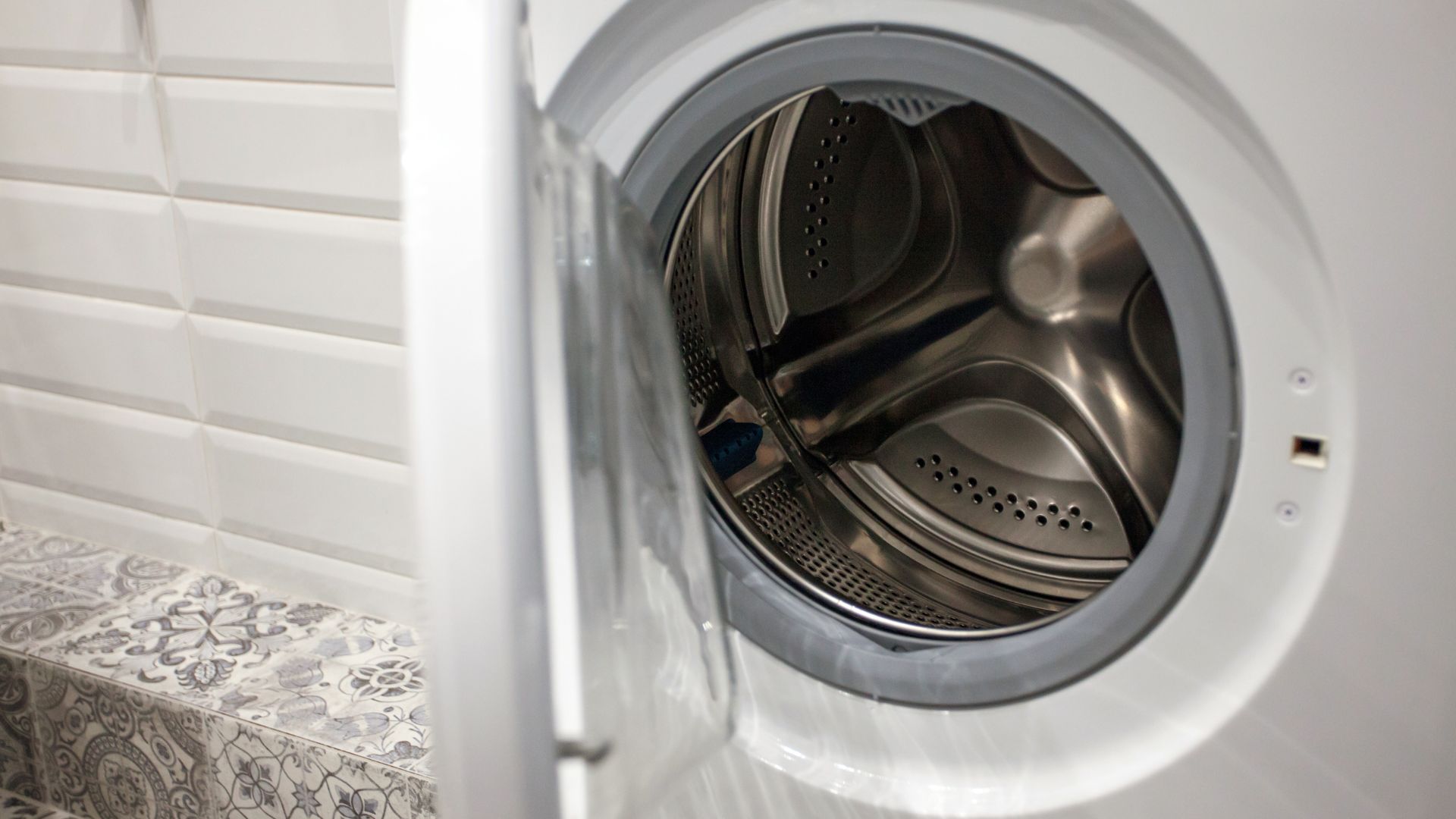
"It’s far easier than you think to clean your washing machine’s rubber seal properly. First gently pull your seal back to reveal any hidden gunk – here you’ll often find fluff, detergent scum and the odd rogue sock or coin," explains Katy Roberts, washing machine expert at AO.com.
Sign up to our free daily email for the latest royal and entertainment news, interesting opinion, expert advice on styling and beauty trends, and no-nonsense guides to the health and wellness questions you want answered.
"Wipe down any loose debris with kitchen roll or an old cloth before adding a cup of white vinegar and bicarbonate of soda paste to scrub away the excess. Scrub your seal carefully using an old cloth and get into all the folds where the grime hides," she adds.
All that's left to do then is rinse this solution out with clean water and make sure you wipe the seal dry thoroughly with a tea towel or a different cloth.
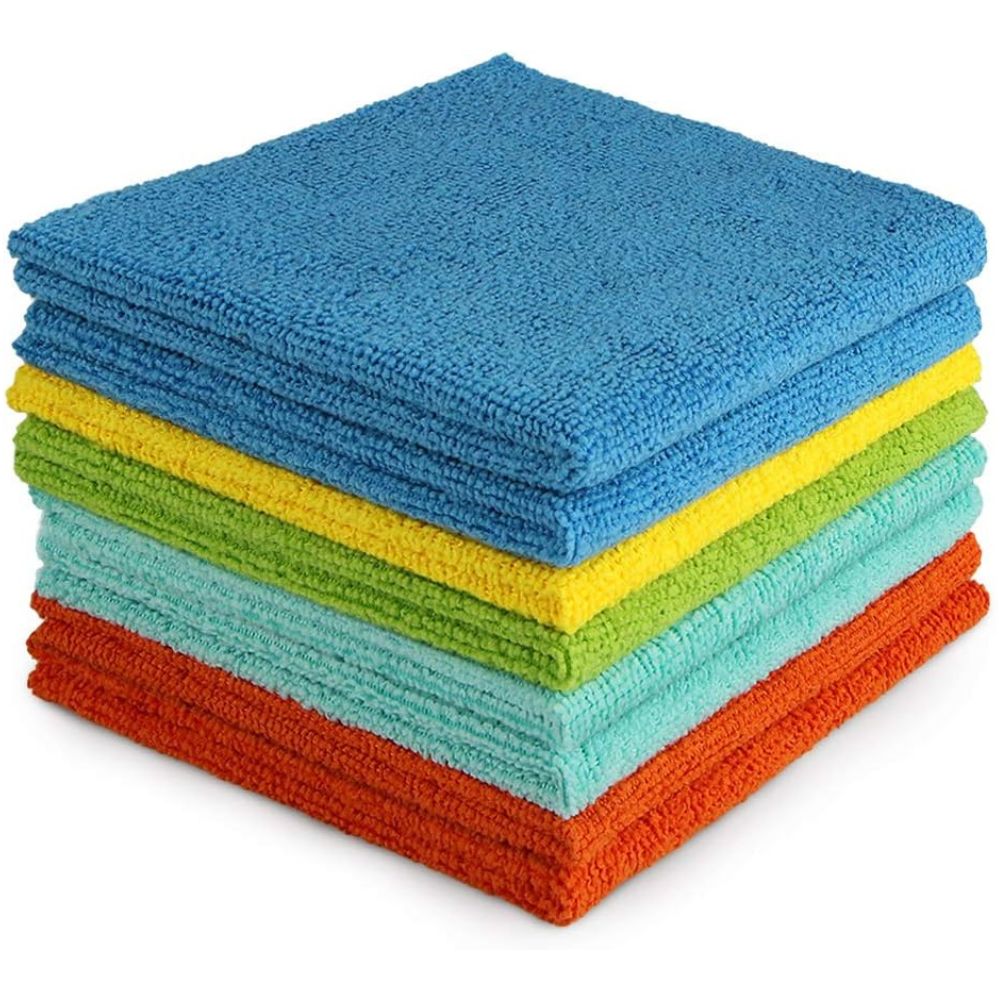
RRP: £3.99 for a pack of 8 | This is a product every cleaner should have in their home, especially when it comes to big cleaning jobs. This eight-pack will make any task that much easier and more efficient.
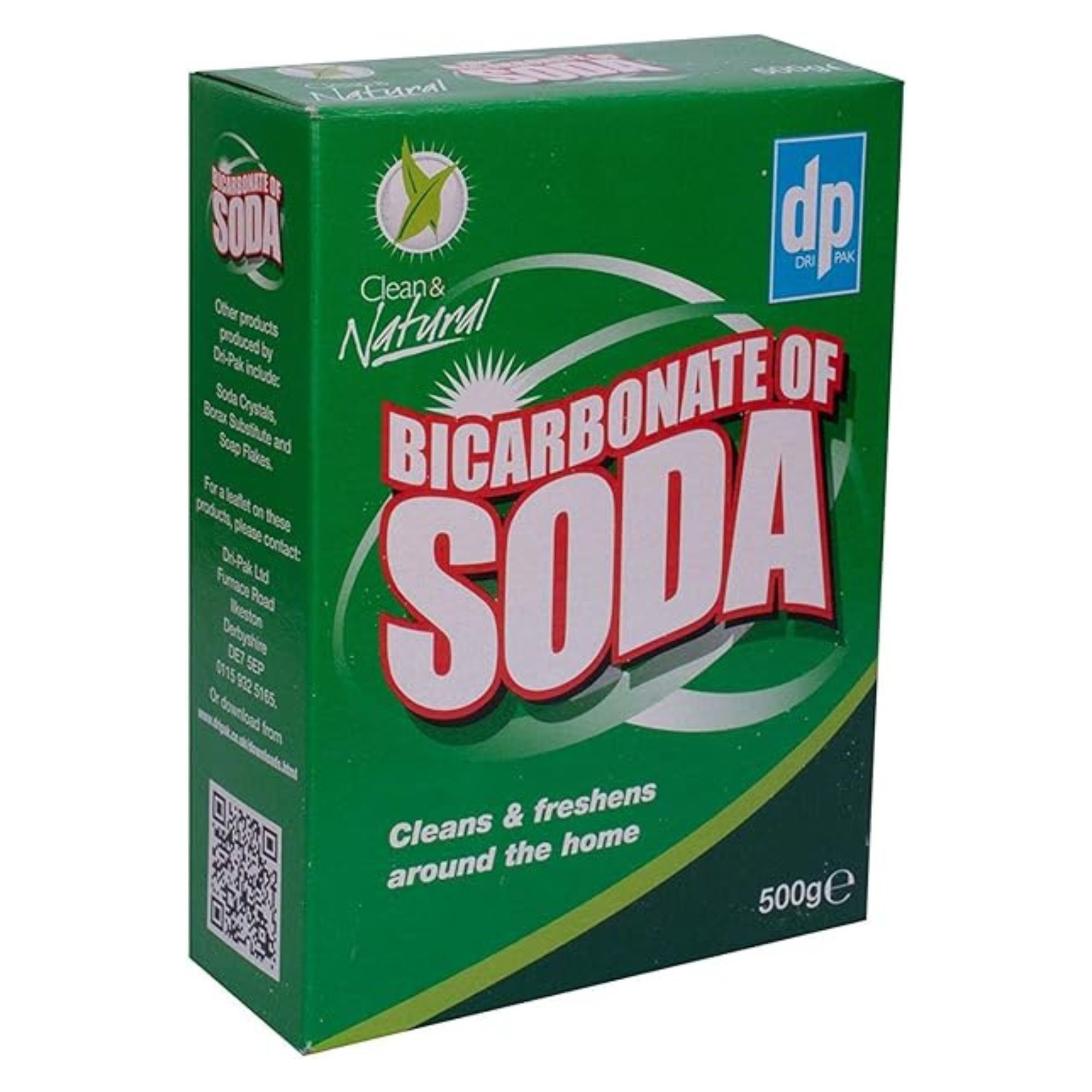
RRP: £2 | There are so many jobs you can use bicarbonate of soda for around your home, cleaning your washing machine's seal is only one of them. It's a great deodoriser and stain remover too.

RRP: £5.99 | Another key cleaning product, white vinegar is a brilliant, gentle cleaner that will make quick work of breaking down dirt and killing bacteria whilst also being gentle on various surfaces.
How often should you clean the rubber seal on a washing machine?
Although this task will need to be done regularly, it won't need to be added to your daily cleaning habits, especially if you're thoroughly cleaning it every time it's done.
"As a good rule of thumb, aim to clean the seal every one to two weeks, depending on how often you use your machine. If you're noticing odours or visible grime more frequently, step it up to a weekly clean," suggests Olivia Young, Product Development Specialist at Astonish.
She adds, "Regular maintenance is key to keeping both your washing machine and your laundry fresh."

Olivia has worked in both formulation science and analytical science for over three years, testing and designing household products from scratch. She now works at cleaning brand Astonish where she is based in the on-site lab testing and creating products to ensure they work effectively.
How do you get black mould off a washing machine rubber seal?
To stop you from having to learn how to get rid of mould from fabric, it's a good idea to know how to tackle it in your machine first. As one of the unexpected places mould may be hiding in your home, the rubber seal is a magnet for moisture and consequently, mould spores.
"Black mould can be particularly stubborn, but it must be tackled to avoid any potential health concerns. The best way to tackle mould is to use a dedicated mould and mildew spray designed to remove mould with ease," recommends Olivia.
She explains that for the best results, you'll want to spray the solution and leave it for a few moments to work its magic, then wipe it away.
This HG Mould Spray, available on Amazon for £5.25, is a best seller and will eliminate any mould spots present on the seal without causing damage. Just make sure you wear gloves with this!
"Just be sure to spot-test it first and avoid prolonged contact with the rubber to prevent any potential wear. After using the spray, it's a good idea to run an empty hot cycle to rinse away any residue and keep your machine fresh," continues Olivia.
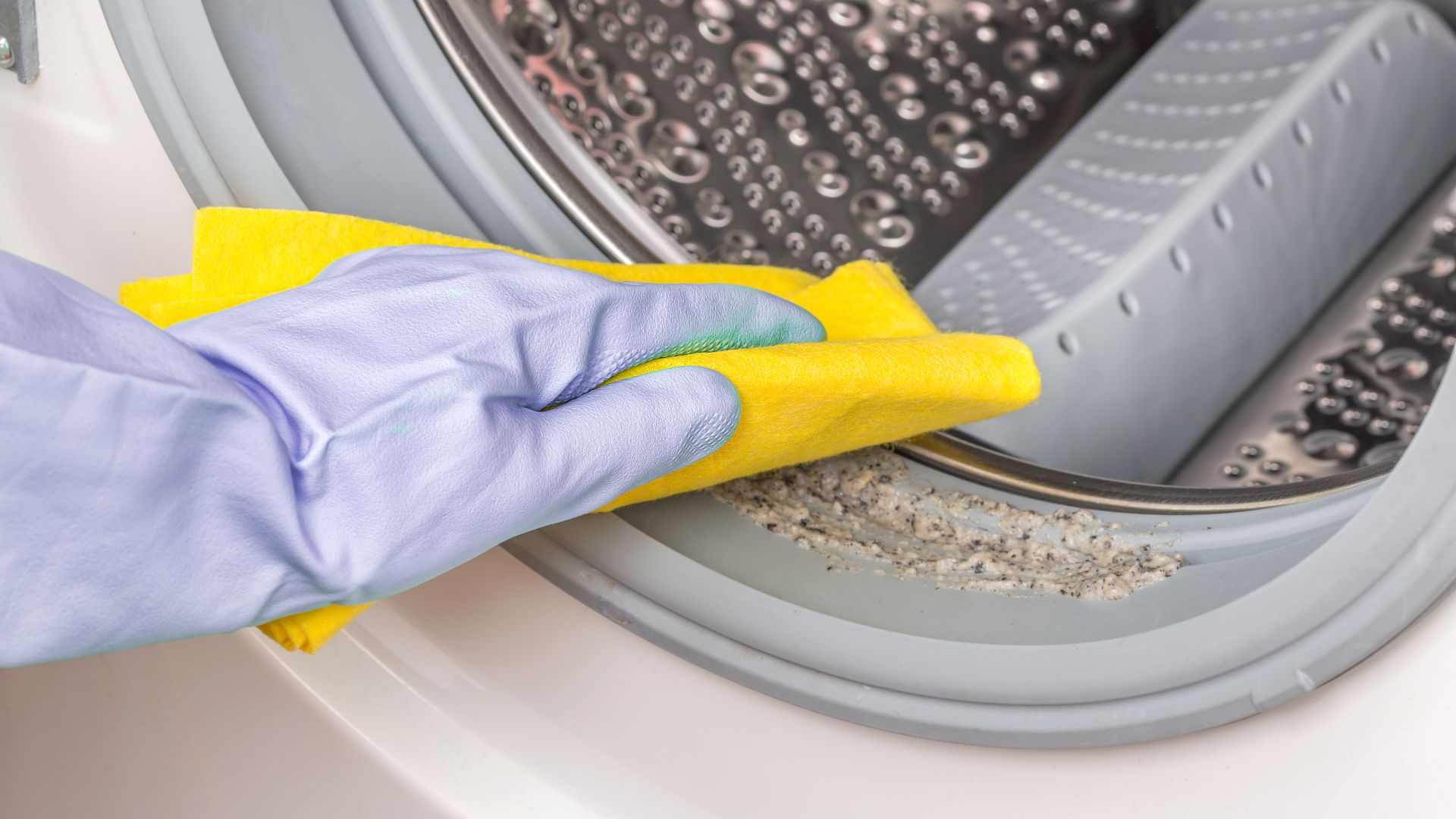
FAQs
What shouldn’t you do when cleaning a washing machine seal?
With all the possible appliance mistakes you need to avoid, it's good to know what you shouldn't do when tackling the cleaning. There are some products that the experts don't recommend and methods you're better off skipping.
"There are a couple of things you should certainly avoid using to clean your rubber seal. Don’t use anything too abrasive, like wire brushes or scouring pads, as these can easily damage the rubber and cause tears or leaks," warns Katy.
"Similarly, avoid using any strong chemical cleaners like bleach, as these can also degrade the material. Also, next time you’re cleaning your rubber seal, make sure you don’t close the door straight after cleaning. Moisture needs to fully dry out, or you can simply undo all your hard work," she finishes.
Olivia also points out that although the seal is made of rubber, you'll need to be gentle with it as too much pressure can tear or stretch the seal, which could lead to leaks.
What causes a washing machine door seal to go black?
There can be various reasons the seal in your machine has turned black or has started collecting black dirt inside it. It's nothing uncommon and can be cleaned using the methods above; however, it's a good idea to know what's causing it so you can prevent it.
"The black marks are typically mould or mildew, caused by a combination of trapped moisture, leftover detergent residue, and lint or debris. The seal’s folds are a prime spot for this to develop, especially if the machine door is kept shut between cycles," says Olivia.
She recommends always leaving the door ajar after washing and regularly wiping down the seal to prevent moisture from lingering.
Using a specialised cleaner regularly can also help your entire machine stay as clean as possible and ensure no black mould or mildew is building up in the seal and other spots.
Although it does look rather gross, keeping your washing machine rubber seal clean isn't about aesthetics. Oliva points out that regular cleaning can prolong the life of your machine whilst maintaining the hygiene of your clothes. It also helps make your home smell good as there's less lingering bacteria coming from your machine and into the air.

Emily joined woman&home as a staff writer after finishing her MA in Magazine Journalism from City University in 2023. After writing various health and news content, she now specialises in lifestyle, covering unique cleaning hacks, gardening how-tos, and everything to help your houseplants thrive.
